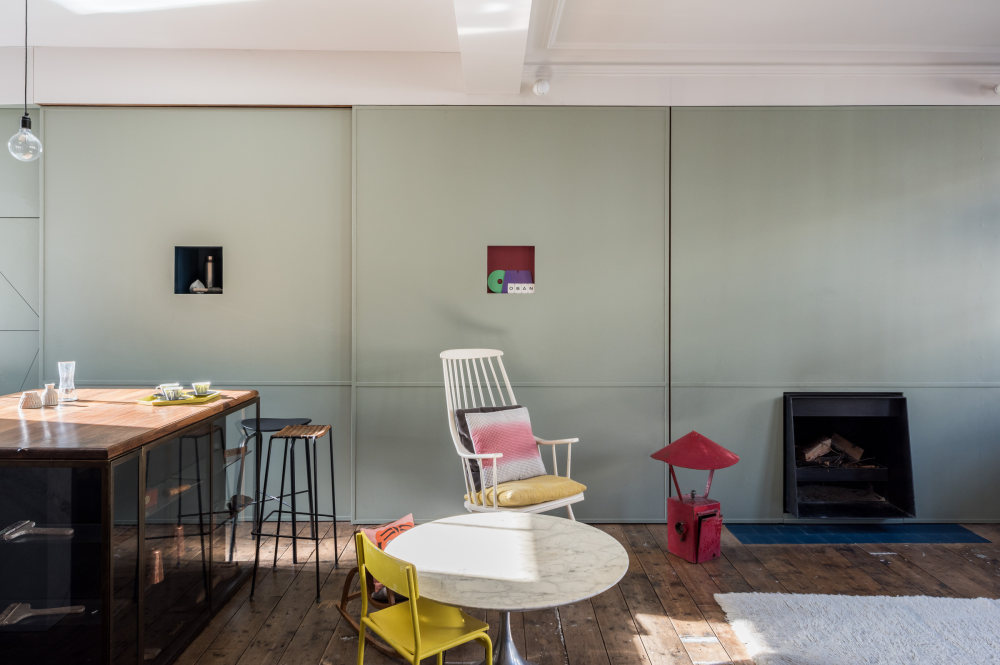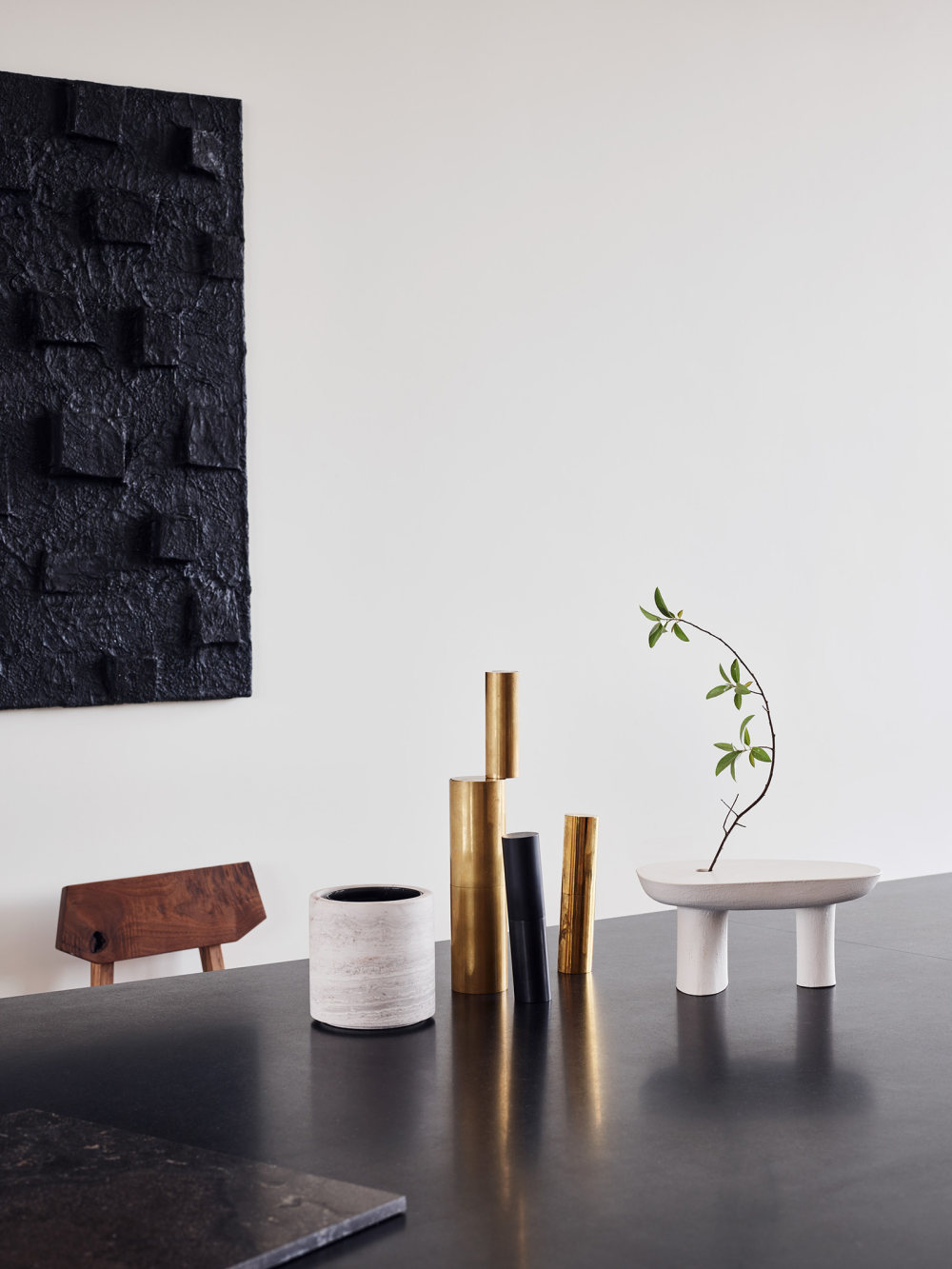 With many of us following the government’s advice to work from home and reduce social interaction, the reality of being indoors for most of the day is here. Even if you love your house right down to its most eccentric of quirks, though, you’re going to want a strategy for staying sane and looking after your wellbeing at home. Here, we share some tips for preventing cabin fever, from new things to try in the kitchen to making simple changes to your space to promote a sense of calm.
With many of us following the government’s advice to work from home and reduce social interaction, the reality of being indoors for most of the day is here. Even if you love your house right down to its most eccentric of quirks, though, you’re going to want a strategy for staying sane and looking after your wellbeing at home. Here, we share some tips for preventing cabin fever, from new things to try in the kitchen to making simple changes to your space to promote a sense of calm.

 Understand how architecture effects your wellbeing
Understand how architecture effects your wellbeing
Lily Bernheimer is an environmental psychologist and author of The Shaping of Us: How Everyday Spaces Structure our Lives, Behaviour, and Well-Being, a book that explores how we can better configure spaces to work for our basic and primal needs. Use Bernheimer’s tips for incorporating ideas, such as prospect and refuge or ordered complexity, in your home.
“Research has shown that the built environment tends to support our wellbeing best when it echoes the natural world in some way. And it’s not just about how many trees there are! It’s also about factors like light, pattern, dimension and sound,” she says.
Connect with your community however you can
Olga Turner and Jonathan Baker, founders of architecture-for-wellbeing company Ekkist, define wellbeing as participating in a community. Architect Duncan McLeod agrees, “If you read books about architecture for wellbeing or happiness, one recurring theme is a sense of community. It’s important to me to create a sanctuary, but also to know what’s going on outside my walls,” he says. So why not join a resident’s group in your area to run errands for the elderly? Or could you simply reach out to someone who might feel isolated and lonely?
 Cook something new (but don’t stockpile)
Cook something new (but don’t stockpile)
Resisting the urge to buy more than you need, start by doing a larder sort out and seeing what you have – note, expiry dates are often misleading and you can often trust your instinct.
Cooking is a creative process that comes with a sense of achievement and, even better, you’ll get to taste the fruits of your labours. Being at home means you’ll have more time to devote to something more ambitious, like sourdough bread, say, or perhaps a pickling project. We also recommend dishes that require slow cooking, like a ragu, say, as you’ll be developing more flavour.
For more inspiration, check out our food series for recipes from the likes of Ruth Rogers, Margot Henderson and Jeremy Lee. David Gingell’s ricotta ravioli with sage butter is a store cupboard classic. And be sure to look through our recent round up of home cooks to follow on Instagram for more recipe ideas.
Indulge in escapism
If it’s all getting a bit much, escape with our My Modern House series, in which we visit beautiful homes lived in by people with interesting stories to tell. We’ve done round ups of our most popular features for the last couple of years, so start there for some interior-based respite.
Then, head to our YouTube channel where you can lose yourself in our series of house visits to design luminaries, colourful homes and the downright wacky. Afterwards, get your headphones out and tune into our new podcast – guaranteed to take your mind of things (for 40 minutes at least).
 Learn how to work from home
Learn how to work from home
Asking your home to double as your workspace brings all sorts of challenges: maintaining separation, the potential for loneliness and lack of routine. But it can also bring with it opportunities and new experiences – Google hangout from the garden, anyone? Learn how to master the art of working from home in our recent Journal post, in which seasoned stay-at-homers share their top tips.
Get outside
It’s no secret that connecting to nature can have profound most-boosting effects. Some studies have found that being around trees can reduce cortisol levels, anxiety and blood pressure and even improve our memory and immune systems. If you can, take a walk in a park or wood, and, if you have a garden, read our latest Gardener’s Diary for advice on what to sow in March.
- 转载自:The Modern House
- 语言:English
- 阅读原文
|

 发表于 2020-8-4 07:19:26
发表于 2020-8-4 07:19:26

















